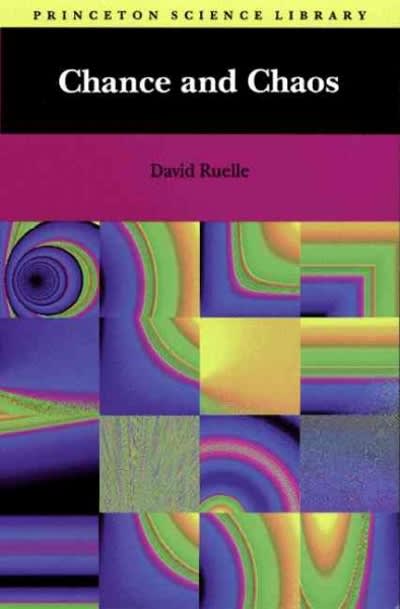Question
John finds a bill on his desk. He has three options: ignore it and leave it on his own desk, move the bill over to
John finds a bill on his desk. He has three options: ignore it and leave it on his own desk, move the bill over to his wife Mary's desk, or pay the bill immediately. The probability that he leaves it on his own desk is 0.3. The probability that he moves it to Mary's desk is 0.6. The probability that he pays the bill immediately is 0.1. Similarly, if Mary finds a bill on her desk she can choose to leave it on her own desk, put it on John's desk, or pay it immediately. The probability that it remains on her desk is 0.6. The probability she moves it to John's desk is 0.1. The probability she pays it immediately is 0.3. Once a bill is paid it will not return to either of the desks. In other words, there is a 0% chance that a bill will return to John's desk or Mary's desk once it goes to the mailbox. Assume this is a Markov Chain process. Set up the transition matrix and use it to answer the following questions. (Hint: When determining what your matrix labels should be, think of the location of the bill, not the action done to it. For example, the label "moves to the other desk" would not be a valid label.)
(a) What is the probability that a bill currently on John's desk will be paid within two days? (b) What is the probability that a bill currently on John's desk will be on Mary's desk 3 days later?
Step by Step Solution
There are 3 Steps involved in it
Step: 1

Get Instant Access to Expert-Tailored Solutions
See step-by-step solutions with expert insights and AI powered tools for academic success
Step: 2

Step: 3

Ace Your Homework with AI
Get the answers you need in no time with our AI-driven, step-by-step assistance
Get Started


